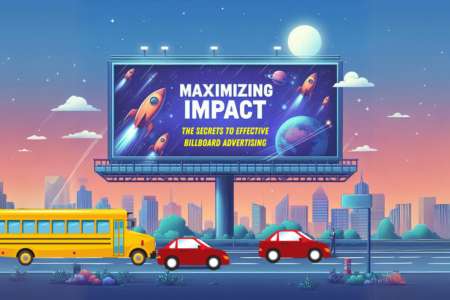In the ever-evolving world of marketing and consumer behavior, branding plays a crucial role in shaping a company’s identity and perception. As technology advances and society undergoes shifts, new branding trends emerge that challenge traditional strategies and demand innovative approaches. In this blog, we will explore three branding trends that are set to reshape the way businesses think about brand building.
Personalization at Scale:
The days of one-size-fits-all branding are gone. Consumers today expect personalized experiences that resonate with their unique preferences and needs. Brands that can deliver tailored messages and offerings stand a higher chance of building long-lasting connections with their audiences. Leveraging data-driven insights and AI-powered technologies, companies can now create highly personalized campaigns, products, and services.
This trend goes beyond just using a customer’s name in an email. It involves understanding individual behavior, preferences, and purchase history to deliver personalized content and recommendations across various touchpoints. Whether it’s a website, social media ad, or email marketing, personalization at scale is the key to capturing consumer attention and fostering brand loyalty.
Purpose-Driven Branding:
Modern consumers are more conscious than ever about the social and environmental impact of the brands they engage with. They want to support companies that align with their values and contribute positively to society. Purpose-driven branding goes beyond traditional Corporate Social Responsibility (CSR) efforts and places the brand’s core values at the center of its identity.
Brands that authentically embrace a higher purpose and integrate it into their products, operations, and marketing communications create a stronger emotional bond with their audience. Consumers become not just customers but advocates, willing to spread the brand’s message and values. Purpose-driven branding can also attract and retain talent, as employees feel more motivated and fulfilled working for a company that makes a positive difference in the world.
Immersive Brand Experiences:
In the digital age, where attention spans are shrinking, brands need to find innovative ways to capture and retain their audience’s attention. Immersive brand experiences involve creating interactive, multi-sensory encounters that deeply engage consumers and leave a lasting impression. These experiences can occur in physical spaces, through virtual reality, augmented reality, or even through compelling storytelling.
Pop-up stores, experiential marketing events, and interactive online campaigns are some examples of how brands are embracing immersive experiences. By providing memorable and shareable moments, brands can generate word-of-mouth marketing and increase their reach exponentially.
Conclusion:
As we move further into the digital era, branding continues to evolve and adapt to the changing consumer landscape. Embracing personalization at scale, purpose-driven branding, and immersive experiences will be crucial for businesses looking to succeed in building strong, loyal relationships with their customers. By staying ahead of these trends, companies can differentiate themselves in the competitive market and thrive in the ever-changing world of brand building.










